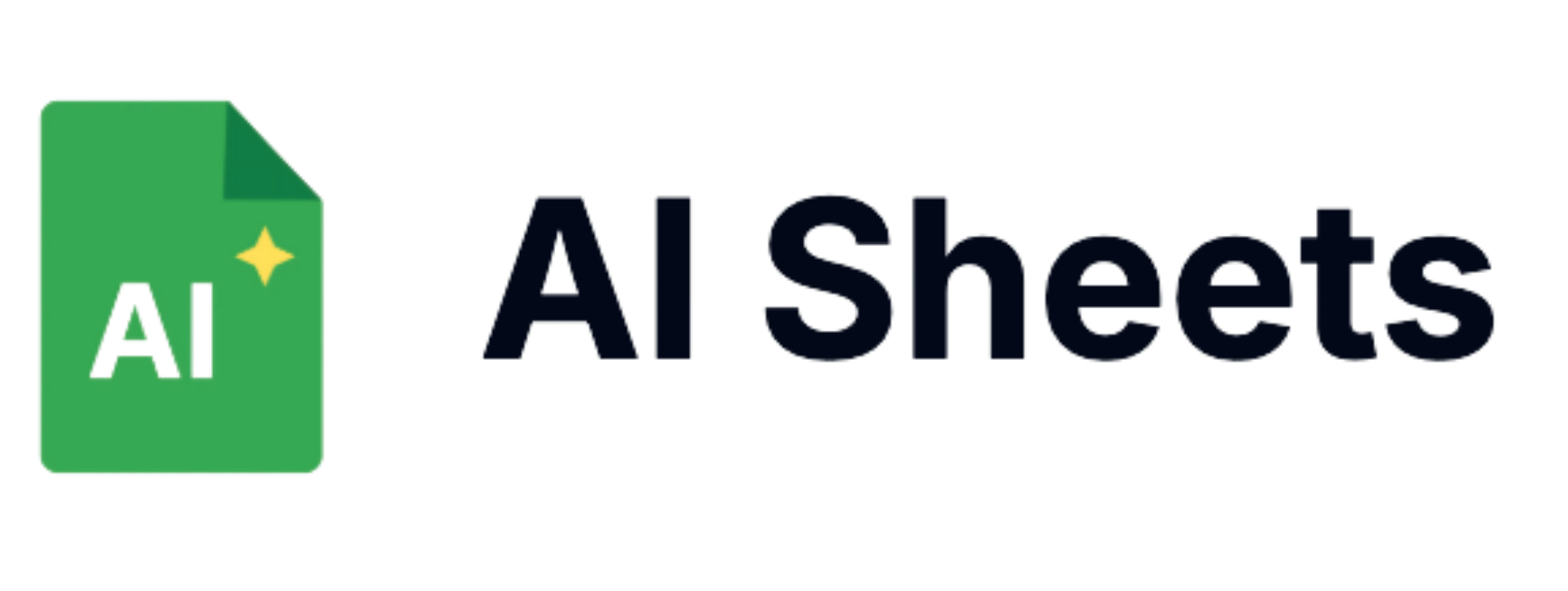Master Programmatic SEO with AI: A Step-by-Step Guide

In today's competitive digital landscape, manually creating and optimizing content for thousands of keywords is no longer feasible. Enter programmatic SEO powered by artificial intelligence—a game-changing approach that allows businesses to scale their organic search presence more efficiently than ever before. This comprehensive guide will walk you through how to leverage AI to implement programmatic SEO strategies that drive traffic, improve rankings, and maximize your search visibility.
What is Programmatic SEO?
Programmatic SEO is the systematic creation of landing pages at scale to target specific search queries, typically utilizing data sources and templates to generate relevant content automatically. When combined with AI, this approach becomes even more powerful, enabling:
- Automated keyword research and clustering
- Dynamic content creation based on search intent
- Intelligent internal linking structures
- Continuous optimization based on performance data
The result? A scalable, data-driven SEO strategy that can generate thousands of targeted pages with minimal manual effort.
Looking to streamline your programmatic SEO workflow? AI Sheets provides powerful tools to organize, analyze, and generate content for your campaigns.

Why Combine AI with Programmatic SEO?
The marriage of artificial intelligence and programmatic SEO creates unprecedented opportunities:
- Efficiency at scale: Generate thousands of optimized pages without proportional effort
- Enhanced relevance: Create content that precisely matches search intent
- Dynamic optimization: Continuously improve content based on performance data
- Content personalization: Tailor pages to specific user segments
- Competitive edge: Identify and target underserved niches automatically
Step-by-Step Implementation Guide
Step 1: Data Collection and Analysis
The foundation of successful programmatic SEO with AI begins with comprehensive data collection:
- Keyword research: Gather thousands of relevant keywords using tools like Semrush, Ahrefs, or Google Keyword Planner
- Intent analysis: Categorize keywords by search intent (informational, transactional, navigational)
- Competitive analysis: Identify gaps and opportunities in your niche
- Pattern identification: Discover common questions, needs, and pain points
Pro tip: Use AI Sheets' GPTCATEGORIZE formula to automatically classify your keywords by intent:
=GPTCATEGORIZE(A2:A500, "informational,transactional,navigational,commercial")
This formula helps you organize thousands of keywords efficiently, saving hours of manual work. Sign up for AI Sheets to access this powerful tool.
Step 2: Content Template Creation
With your keyword data organized, the next step is designing flexible content templates:
- Identify page types: Create template categories based on search intent and content type
- Design template structure: Develop modular templates with dynamic sections
- Optimize for SEO: Ensure templates incorporate best practices for on-page optimization
- Plan for scalability: Build templates that can accommodate various topics and subtopics
Use AI to help craft your template structures. With AI Sheets' GPTWRITE formula, you can generate template outlines tailored to different content types:
=GPTWRITE("Create a template structure for location-based service pages", "500 words", "professional")
Step 3: Data Integration and Content Generation
Now it's time to combine your data sources with your templates:
- Set up your database: Organize your keyword data and supporting information
- Create content generation rules: Define how AI will populate templates
- Implement quality controls: Establish minimum thresholds for content quality
- Build variation mechanisms: Ensure content uniqueness across pages
This is where AI truly shines in programmatic SEO. Rather than manually writing thousands of variations, leverage AI to generate high-quality, unique content at scale.
Streamline your content generation process with AI Sheets. Our GPTTABLE formula makes it easy to create structured content for your templates:
=GPTTABLE("service comparison for 'keyword'", "Service Name", "Key Features", "Pricing", "Pros", "Cons")
Step 4: Technical Implementation
With your content strategy in place, focus on the technical aspects:
- URL structure planning: Create logical, SEO-friendly URL hierarchies
- Page generation system: Build or implement a system to create pages programmatically
- Internal linking strategy: Develop rules for automated internal linking
- Sitemap generation: Create dynamic sitemaps that update as new pages are added
- Indexation controls: Implement safeguards to prevent low-quality pages from being indexed
Step 5: Quality Assurance
Before scaling up, establish rigorous quality control processes:
- Sample testing: Manually review a representative sample of generated pages
- Automated checks: Implement AI-powered quality assessment tools
- User feedback mechanisms: Collect and analyze user behavior on programmatic pages
- Content uniqueness verification: Ensure sufficient variation between similar pages
AI Sheets can help with quality control using the GPTASK formula:
=GPTASK(A2:H50, "Identify which of these generated pages might have quality issues")
Step 6: Launch and Monitor
After thorough testing, it's time to deploy your programmatic SEO strategy:
- Controlled rollout: Start with a smaller subset of pages to test performance
- Performance tracking: Monitor key metrics like rankings, traffic, and conversions
- Iterative improvement: Use performance data to refine templates and generation rules
- Competitive monitoring: Track how your pages perform against competitors
Take your data analysis to the next level with AI Sheets. Our PERPLEXITY formula provides real-time competitive insights:
=PERPLEXITY("Latest ranking trends for 'your keyword' and competing pages")

Advanced AI Applications for Programmatic SEO
Once you've mastered the basics, explore these advanced applications:
AI-Powered Content Enhancement
Use AI to automatically improve your programmatic content:
- Readability optimization: Adjust content complexity based on target audience
- Semantic enrichment: Add related concepts and entities to improve topical relevance
- Sentiment analysis: Tailor content tone to match user intent
- Automatic updates: Refresh content when it becomes outdated
Intelligent Internal Linking
Leverage AI to create sophisticated internal linking structures:
- Relevance-based linking: Automatically connect related pages based on content similarity
- User journey mapping: Create link paths that guide users through conversion funnels
- Authority distribution: Strategically distribute link equity to priority pages
- Orphaned content prevention: Ensure all pages receive appropriate internal links
Personalized Content Delivery
Take programmatic SEO to the next level with personalization:
- User segment targeting: Tailor content based on user demographics or behavior
- Geographic customization: Adjust content for location-specific relevance
- Device optimization: Modify content presentation based on device type
- Intent matching: Align content depth with user intent signals

Common Challenges and Solutions
Challenge: Content Quality at Scale
Solution: Implement multi-level quality controls:
- Use AI-powered content scoring to identify weak pages
- Establish minimum thresholds for important metrics
- Create hybrid workflows that combine automation with human oversight
AI Sheets' GPTTRANSFORM formula can help maintain quality while preserving structure:
=GPTTRANSFORM(A2:D50, "Improve the quality and depth of these content sections")
Challenge: Avoiding Duplicate Content
Solution: Build robust variation mechanisms:
- Create multiple template variations for each content type
- Use AI to generate unique introductions and conclusions
- Implement dynamic content insertion based on specific keywords
Challenge: Maintaining Relevance
Solution: Ensure content precisely matches search intent:
- Use AI-powered intent analysis to categorize queries
- Create intent-specific content modules within templates
- Regularly update content based on changing search patterns
Measuring Success
Track these key metrics to evaluate your programmatic SEO performance:
- Organic traffic growth: Monitor overall traffic and traffic to programmatic pages
- Keyword rankings: Track position improvements for target keywords
- Indexation rate: Ensure pages are being discovered and indexed
- User engagement: Analyze metrics like bounce rate and time on page
- Conversion performance: Measure how programmatic pages contribute to goals
Need help organizing and visualizing your performance data? AI Sheets makes complex SEO analytics simple with powerful visualization tools.
Case Study: E-commerce Category Expansion
An online retailer used AI-powered programmatic SEO to expand from 200 category pages to over 5,000 highly targeted landing pages. The implementation included:
- Data collection from product inventory and keyword research
- AI-generated template variations for different product categories
- Dynamic content generation based on search intent signals
- Automated internal linking between related categories
The result? A 312% increase in organic traffic and a 78% improvement in conversion rates from organic search within six months.
Conclusion
Programmatic SEO powered by AI represents the future of scalable search optimization. By combining structured data, intelligent templates, and AI-driven content generation, businesses can efficiently capture targeted search traffic across thousands of keywords.
The key to success lies in maintaining a balance between automation and quality control. When implemented correctly, AI-powered programmatic SEO creates a sustainable competitive advantage that continuously grows your organic search presence.
Ready to transform your SEO strategy with the power of AI? Start by organizing your data efficiently and building scalable processes that leverage artificial intelligence to its fullest potential.
Take the first step toward mastering programmatic SEO with AI today. Sign up for AI Sheets and discover how our powerful AI formulas can streamline your workflow and drive better results.
Recommended Reading
- Complete Guide to AI Sheets Formulas
- 10 Best AI Tools for Google Sheets (Including My #1 Pick)
- How to Clean Data in Google Sheets with AI (Easy)
- How to Bulk Generate Images with AI Sheets
- Top Programmatic SEO Tools to Scale Content Fast
- How to Find Your Competitor’s Affiliates (and Steal Them)
- Best Email Scrapers to Automate Outreach
- Best AI Tools for Google Sheets You Should Be Using
